6 Best UserZoom Alternatives for UX Research Teams in 2025
A 2021 survey of 950 participants revealed that software developers find fixing bugs to be their main pain point. They tend to spend a lot of their time fixing problems that could have been solved with usability testing tools like UserZoom. While great for identifying and solving problems, the purpose of this tool, as well as the other UserZoom alternatives, goes much beyond that.
There’s no need to despair if you’ve recently given it a go only to discover that it’s not the optimal website and mobile app testing tool for you; there are plenty of other UX research tools that will provide the perfect combo of usability and budget-friendliness that you are looking for.Why UX teams are switching from UserZoom
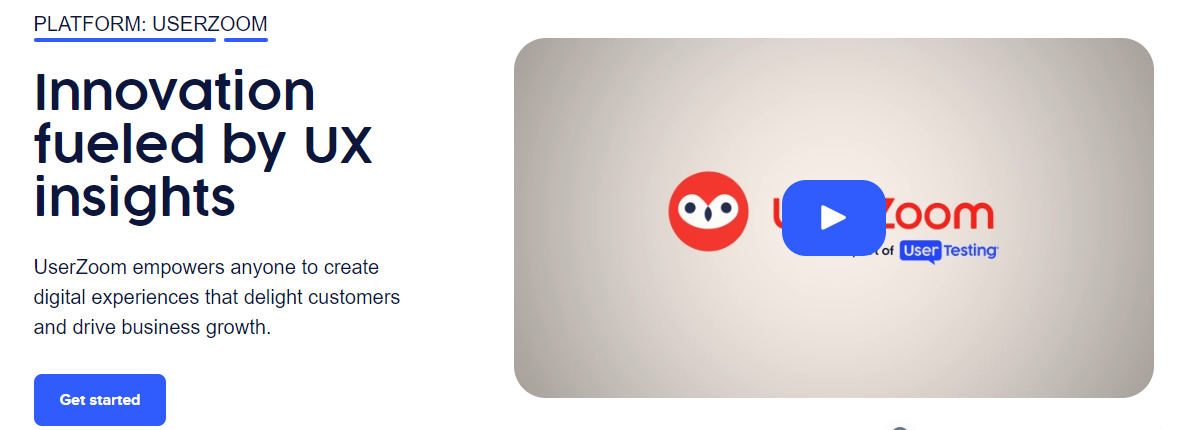
- The complexity vs. speed balance: UserZoom is not the optimal solution for teams that want to prioritize user needs while also streamlining the user experience.
- Steep pricing plans: Many UserZoom competitors have much lower prices, with some offering free plans and flexible pricing features.
- Long learning curve: Since UserZoom has a complex user interface, many new members will be overwhelmed, ultimately leading to a lot of time spent getting familiar with the tool’s key features.
- Less than ideal tool for fast test iteration: While UserZoom does provide tools for remote UX research, it still doesn’t do it as well as some other platforms on the market.
What to consider in a UserZoom alternative
If you’ve decided to search for another UX research tool that isn’t UserZoom, you’ll want to pay attention to some important aspects that will define how you approach usability testing. To take your UX research to the next level, you’ll want to find a solution that perfectly fits your needs; here are some of them:Research types supported
When it comes to usability testing, different research types will provide unique insights. This research is most broadly categorized into qualitative and quantitative research, with both processes focusing on different things.- The qualitative research process focuses on understanding user behavior and their experiences. To achieve that, this research method uses comprehensive observation and detailed user feedback.
- Quantitative research uses methods that aim to measure user performance and satisfaction. For that purpose, these research methods resort to metrics and statistics.
Setup speed and UX
Effective user research can not be imagined without two important components: setup speed and user experience (UX). A quick setup is imperative for a quick identification of design flaws, while UX leads to more accurate and productive feedback, as it ensures users can effectively interact with the product during testing. For many UserZoom alternatives, combining these two components is difficult. While it is not impossible to balance speed with UX, many user research platforms will focus on quick setup as opposed to smooth user experience, and vice versa. Ensure your UX research tool strikes that perfect balance between setup speed and smooth user experience.Moderated vs. unmoderated flexibility
When it comes to the most popular usability testing methods, a few things can compete with the power of moderated and unmoderated testing. Unmoderated testing represents a quick and cheap way to collect information regarding your target audience, whereas moderated testing lets you dig deeper into any pain points and usability issues. The former is better for situations when you need to collect a lot of customer data quickly, whereas the latter works best for prototype testing. Since a UserZoom alternative can focus on one testing method over the other, it’s essential to pick a platform that approaches user testing in a manner most appropriate for your organization.Qualitative insight depth
Some UserZoom alternatives focus on exploring the feelings and the ‘why’ behind user actions with deep qualitative insights. Unlike quantitative data, which is mostly about numbers, qualitative insights offer rich information regarding user emotions, thoughts, and challenges. Qualitative feedback is priceless for organizations. Apart from providing rich and descriptive data, insights received through this method also help identify usability issues and make informed design improvements. If quantitative metrics don’t interest you as much as qualitative data, then looking for a UserZoom alternative that’s focused on in-depth sentiment analysis should be high up on your list of priorities.Participant access
The quality of a user testing platform is largely determined by its participant pool. Participant access refers to the way in which you find, recruit, and interact with people who will test your product. When browsing through UserZoom alternatives, one of your main goals should be to determine whether you need to recruit participants from your own resources, such as professional and personal networks, or you want to use a platform’s built-in pool of participants. Let’s imagine you are trying to choose between Lookback and UserTesting, as both of them are excellent user testing platforms with plenty of advanced features. Apart from ticking off all the boxes, like making sure they support the kind of research type you are interested in, one of the main things you should do is look into how they approach participant recruitment. If neither of these two yields good enough results, you should move on to researching other platforms, as your perfect match is just around the corner.Analysis tools
From those that record user behavior, such as screen recordings and heatmaps, to those that analyze qualitative feedback, like transcription and sentiment analysis, there are a bunch of analysis tools that you can use to achieve your ultimate goal of collecting and analyzing precious user data. Once you start your research on the best alternative to UserZoom, you’ll see that some platforms, like PlaybookUX, excel at card sorting and surveys; others, like Useberry, focus on tree testing. Be it video feedback, card sorting, or tree testing, decide which analysis tools will fit in the best with your organization’s purpose and vision, and make that the determining factor when choosing a user testing platform.Collaboration tools
Modern usability testing could not be imagined without collaboration tools, which enable easier communication, feedback sharing, and workflow management throughout the entire process. When browsing through the best usability testing tools on the market, pay special attention to how well they integrate with other tools. For example, integrating with tools like Figma and Miro will give multiple team members a chance to work on the same design simultaneously, giving way to instant feedback. When two platforms like Figma and UserZoom work together, you get perks like quick creation of prototypes, faster testing, and design validation.Budget & scalability
It’s very important that the platform you choose suits your organization’s budget. Some tools come with flexible plans, like monthly billing, and they might be a better fit for startups and lean teams. Don’t make the mistake of thinking that higher-priced UX research tools come with more advantages, such as scalability. Even a tool with flexible pricing plans can be so scalable that it easily handles an increasing number of users and test participants, all the while maintaining high performance and efficiency.6 Best UserZoom Alternatives in 2025
UserZoom vs. Maze? UserZoom vs. UserTesting? UserZoom or PlaybookUX? Here are all the answers you’ll need.PlaybookUX
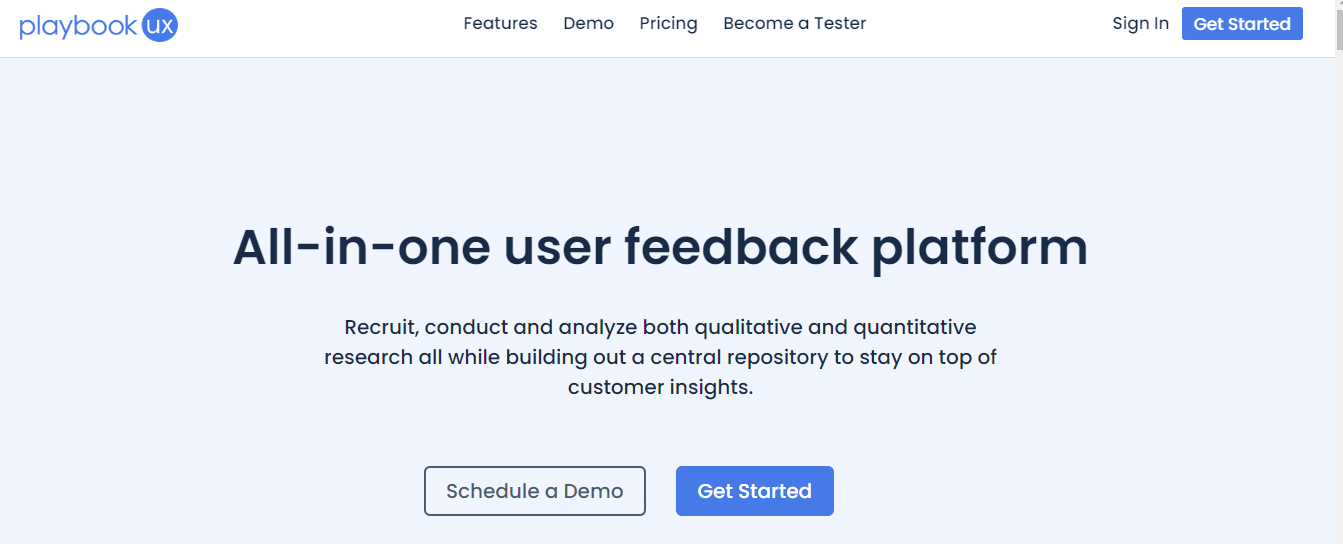
Maze
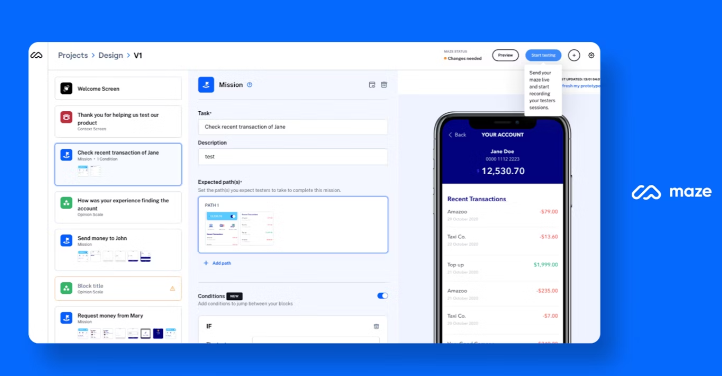
UXtweak
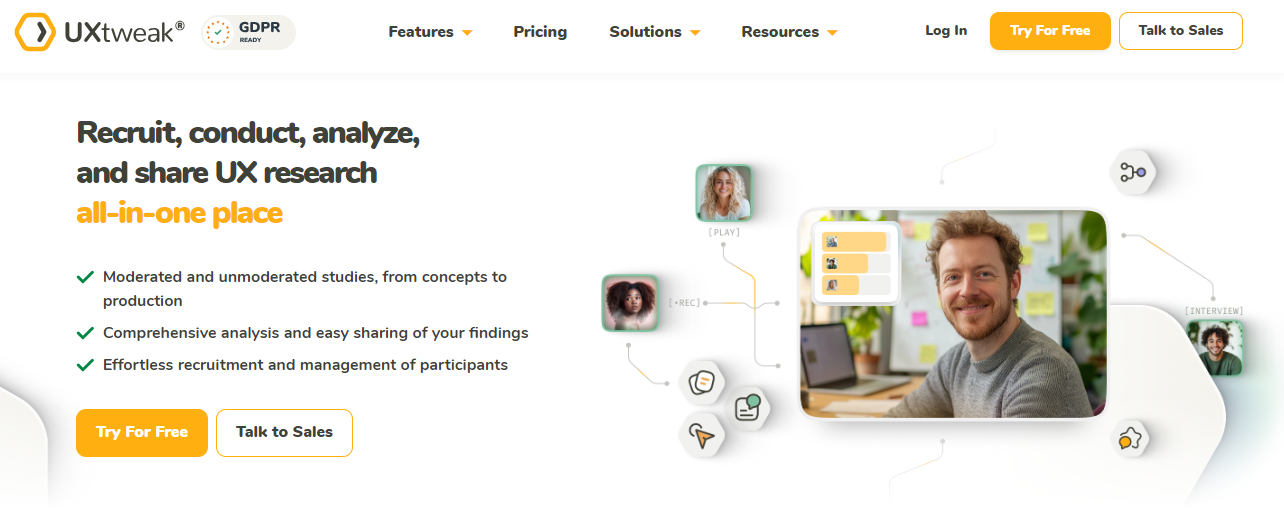
- Heatmaps, which are used to reveal areas where users are clicking and scrolling, giving insights into popular or problematic areas on a page.
- User flows, which are diagrams used to show the path a user takes when completing a specific task within a page or application.
Useberry
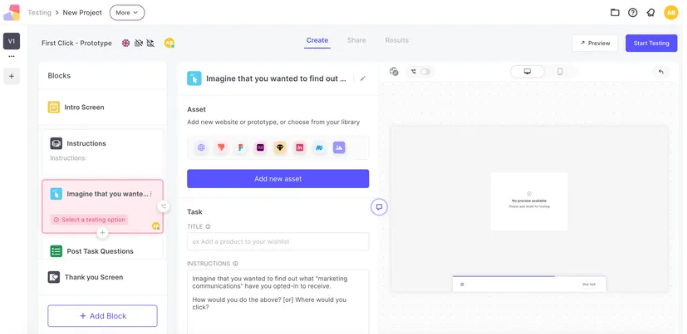
- You are looking for a more affordable solution.
- You are more interested in remote, unmoderated testing methods.
- You need a solution that’s more suitable for simple use cases.
Userlytics
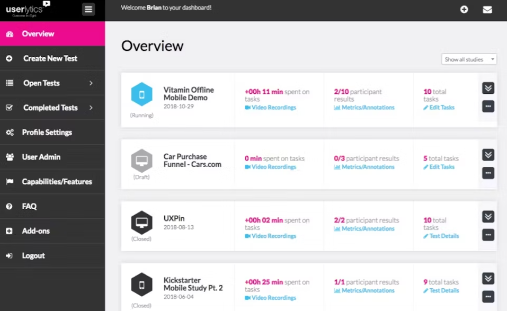
dscout
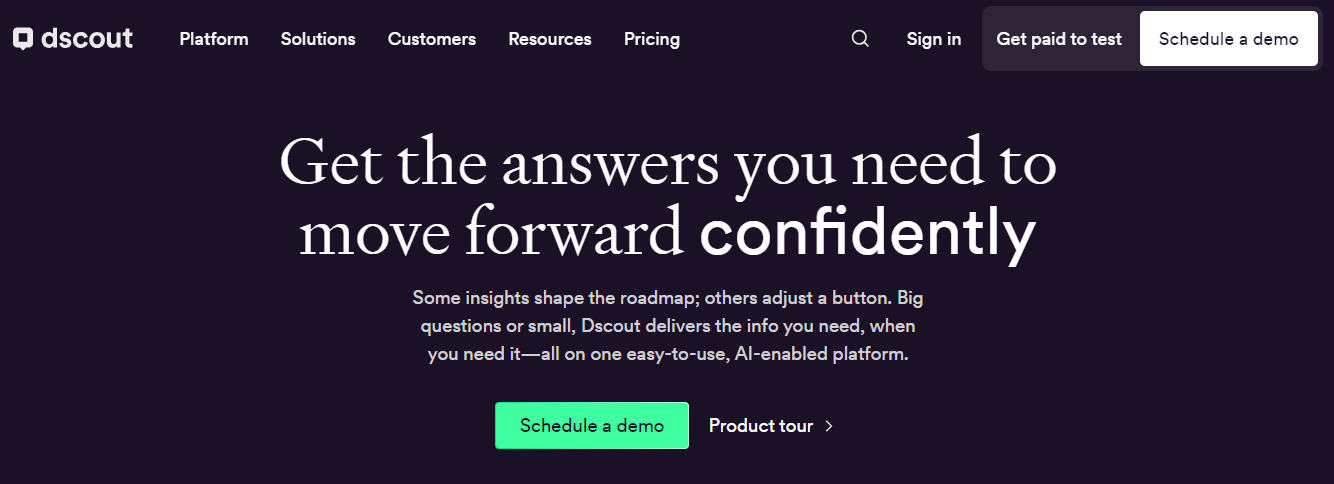
Comparison table: Which tool fits which workflow?
| Tool | Moderated testing | Unmoderated testing | Surveys | Card sorting | Diary studies | AI analysis | Best for |
| PlaybookUX | ✅ | ✅ | ✅ | ✅ | ❌ | ✅ | Full-cycle UX teams |
| UserZoom | ✅ | ✅ | ✅ | ⚠️ | ❌ | ✅ | Enterprise UX organizations |
| Maze | ❌ | ✅ | ⚠️ | ❌ | ❌ | ❌ | Fast design feedback |
| UXtweak | ✅ | ✅ | ✅ | ✅ | ❌ | ⚠️ | Usability testing teams |
| Useberry | ❌ | ✅ | ❌ | ❌ | ❌ | ❌ | UI/UX validation |
| Userlytics | ✅ | ✅ | ✅ | ❌ | ❌ | ⚠️ | Global unmoderated UX |
| dscout | ❌ | ✅ | ✅ | ❌ | ✅ | ❌ | Diary and mobile insights |
When to switch from UserZoom
The time has come to make the ultimate call – do you search the market for a UserZoom alternative, or do you stick with your original choice? If you decide to search for another solution, chances are it will be due to one of the following reasons:- Wanting faster, lighter workflows: To optimize UserZoom workflows for better and faster results, you will need to personally enhance study setup, participant recruitment, and data analysis, which can be too much work in cases like prototype testing.
- Needing better UX or research onboarding: With a complicated user interface and additional costs for features like surveys, UserZoom doesn’t provide the optimal user experience.
- Paying too much for enterprise features that you aren’t using: This UX research platform undeniably comes with advanced enterprise features, but they might be obsolete for smaller teams in need of a budget-friendly solution.
- Are a startup or mid-size team: While UserZoom is perfect for enterprises and large organizations, its features—and pricing plans—aren’t so suitable for agile teams.
- You need compliance and analytics integrations: Features like secure data handling, participant recruitment, and in-depth analysis make UserZoom the optimal tool for teams interested in compliance. It also provides comprehensive analytics that allow teams to measure performance easily and efficiently.
- Work in a tightly-regulated environment: Due to its robust data privacy and security features, this UX research platform is perfect for teams working in tightly-regulated environments.
- Already have a mature UX ops process that relies on UserZoom: In that case, why would you mess with a good thing and risk something going awfully wrong? If UserZoom already works great for your team, there’s no need to search for an alternative.
Final thoughts: Replace complexity with clarity
Teams should leverage the fact that there are more than a handful of UserZoom alternatives on the market and not be afraid to dig deeper. There’s a solution out there that perfectly fits your team’s size, workflow capability, and research maturity, but such a solution might not be obvious at first. Instead of looking at brand legacy, you should go ahead and research the kind of advanced analytics and features a solution offers. Now’s the time to replace complexity with clarity by opting for solutions like PlaybookUX, which are perfect for agile teams looking to run powerful, scalable studies without friction. Feel free to book a demo and find out what the key differences are between this solution and others of its kind.FAQs
- What are the best UserZoom alternatives for user experience research?
- Which UserZoom competitors offer better pricing and similar features?
- What is the most beginner-friendly alternative to UserZoom?
- Why are companies switching from UserZoom to other UX research tools?
Speak to high quality people
